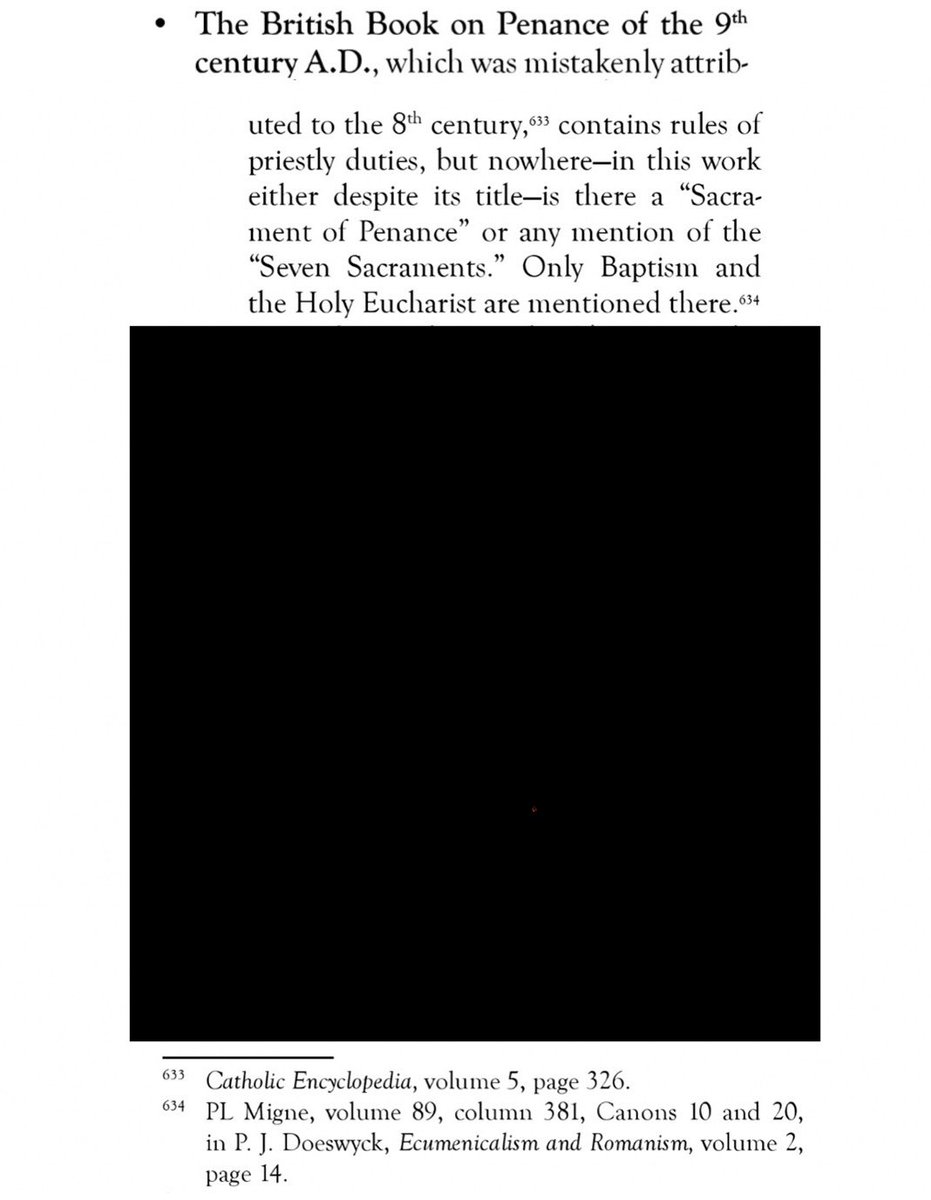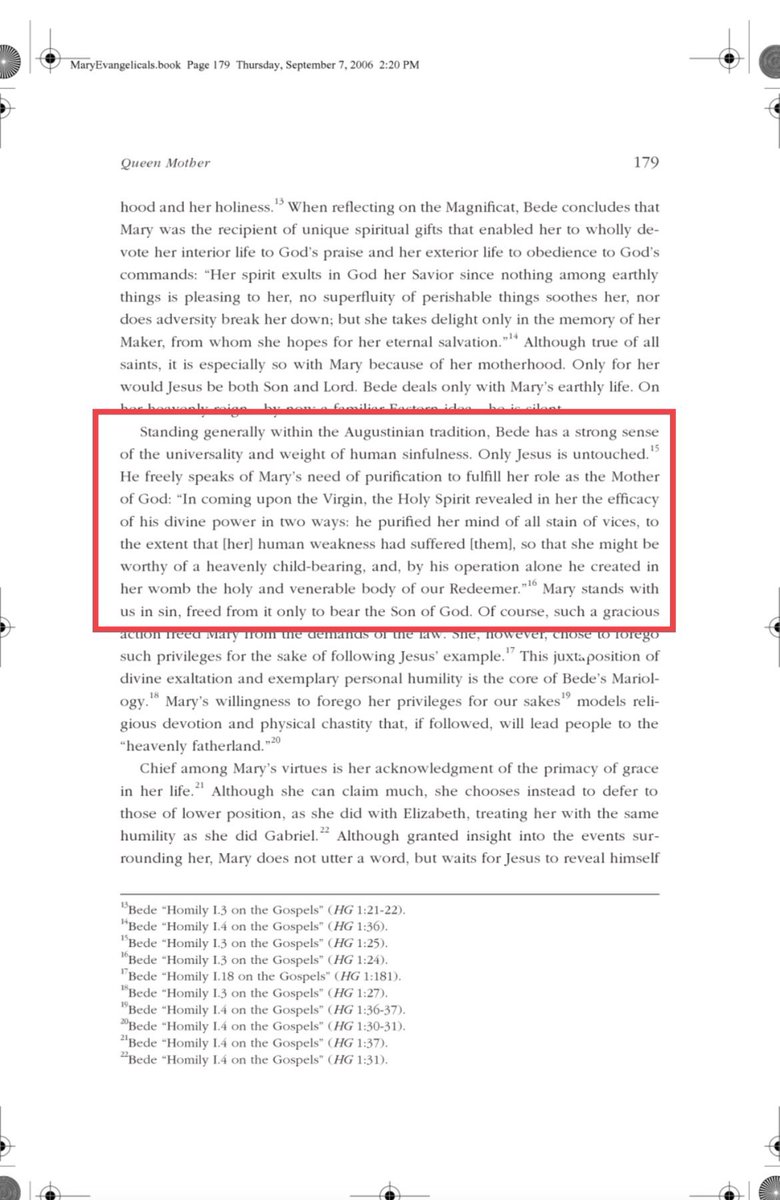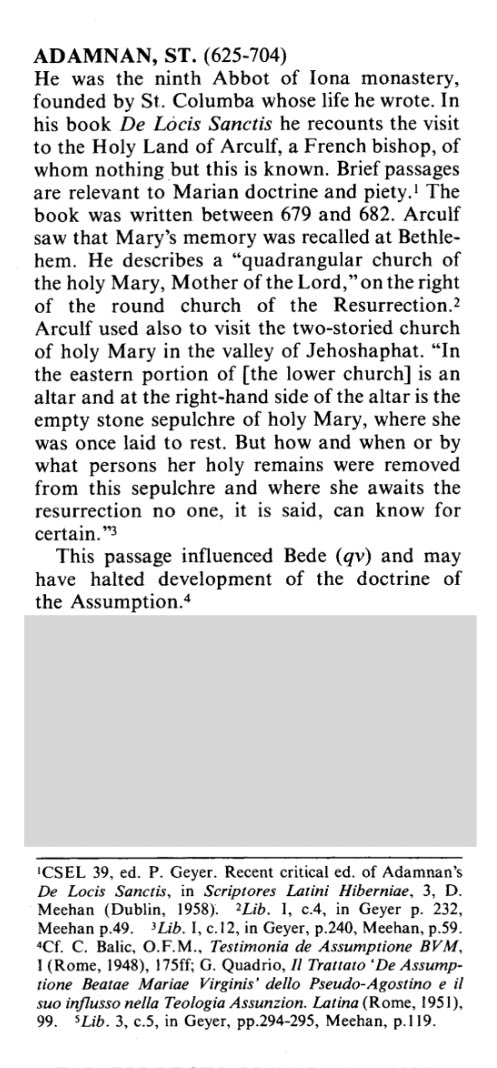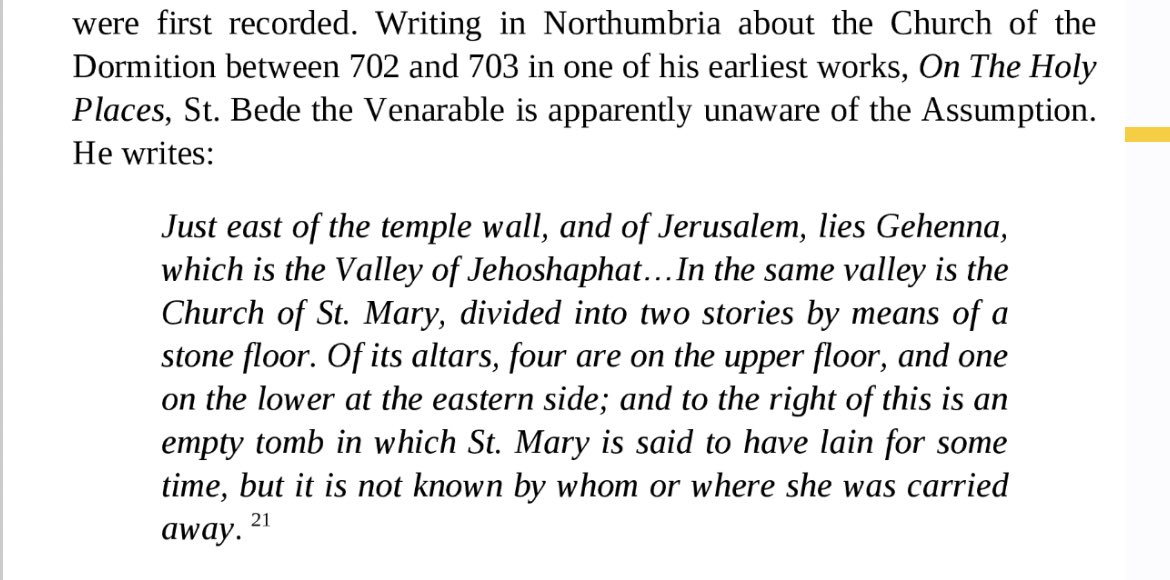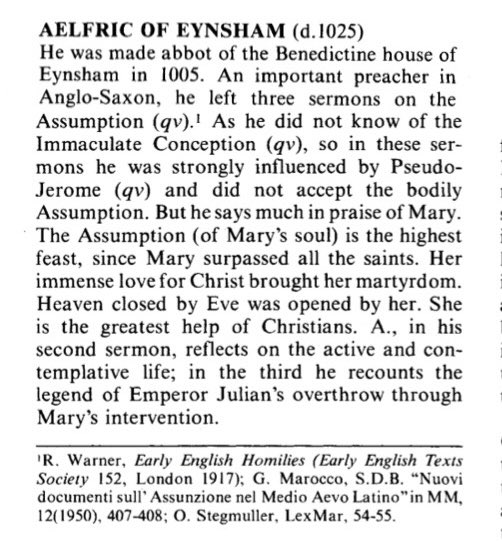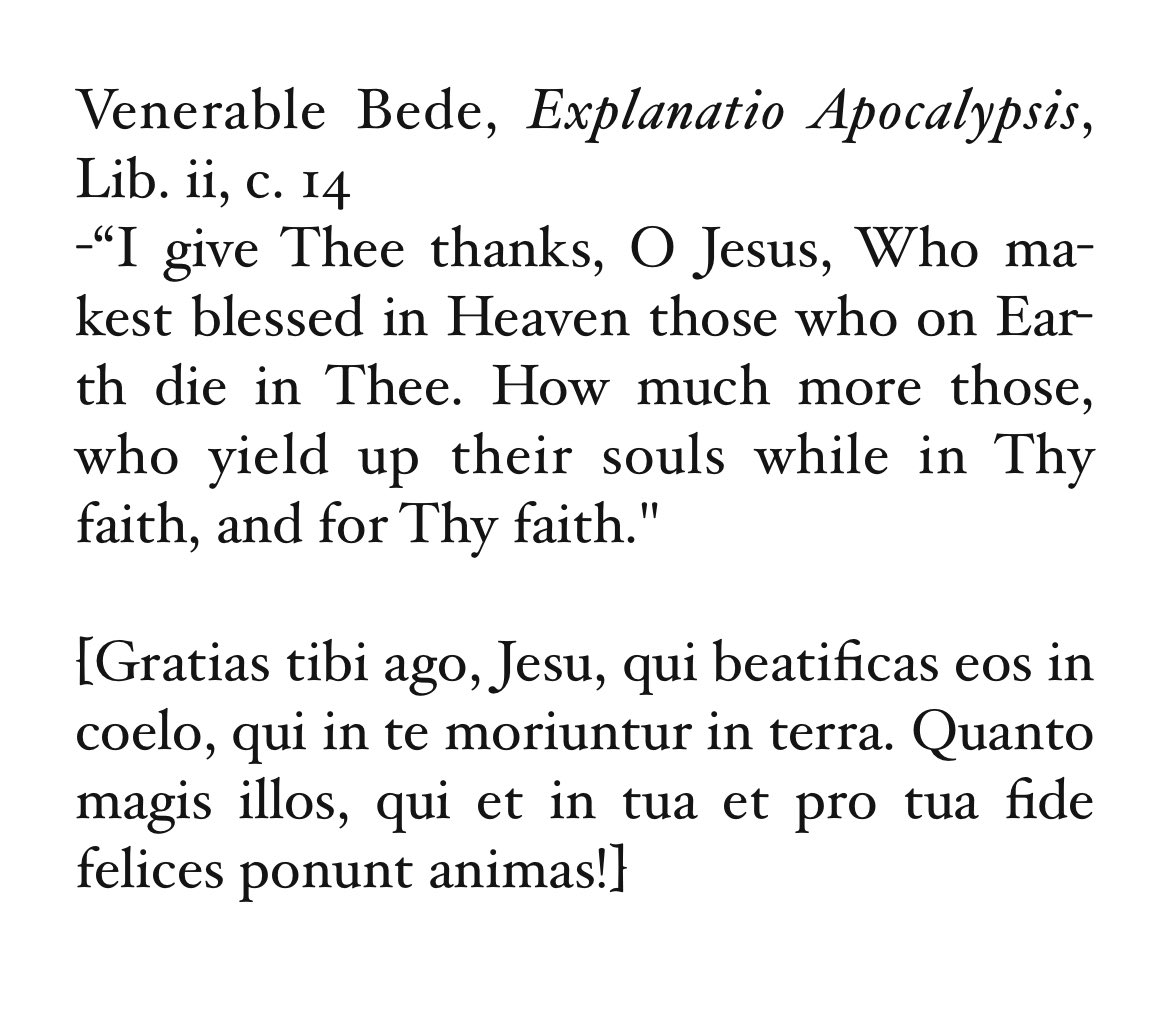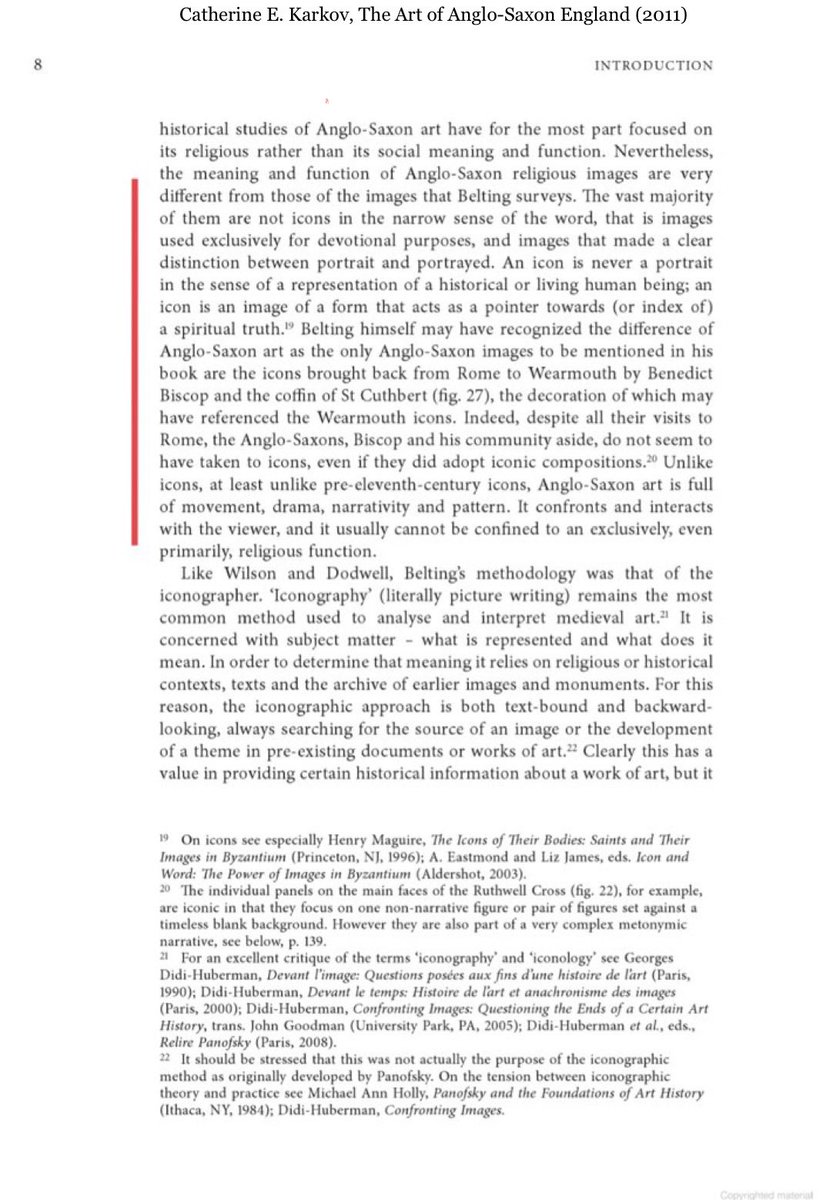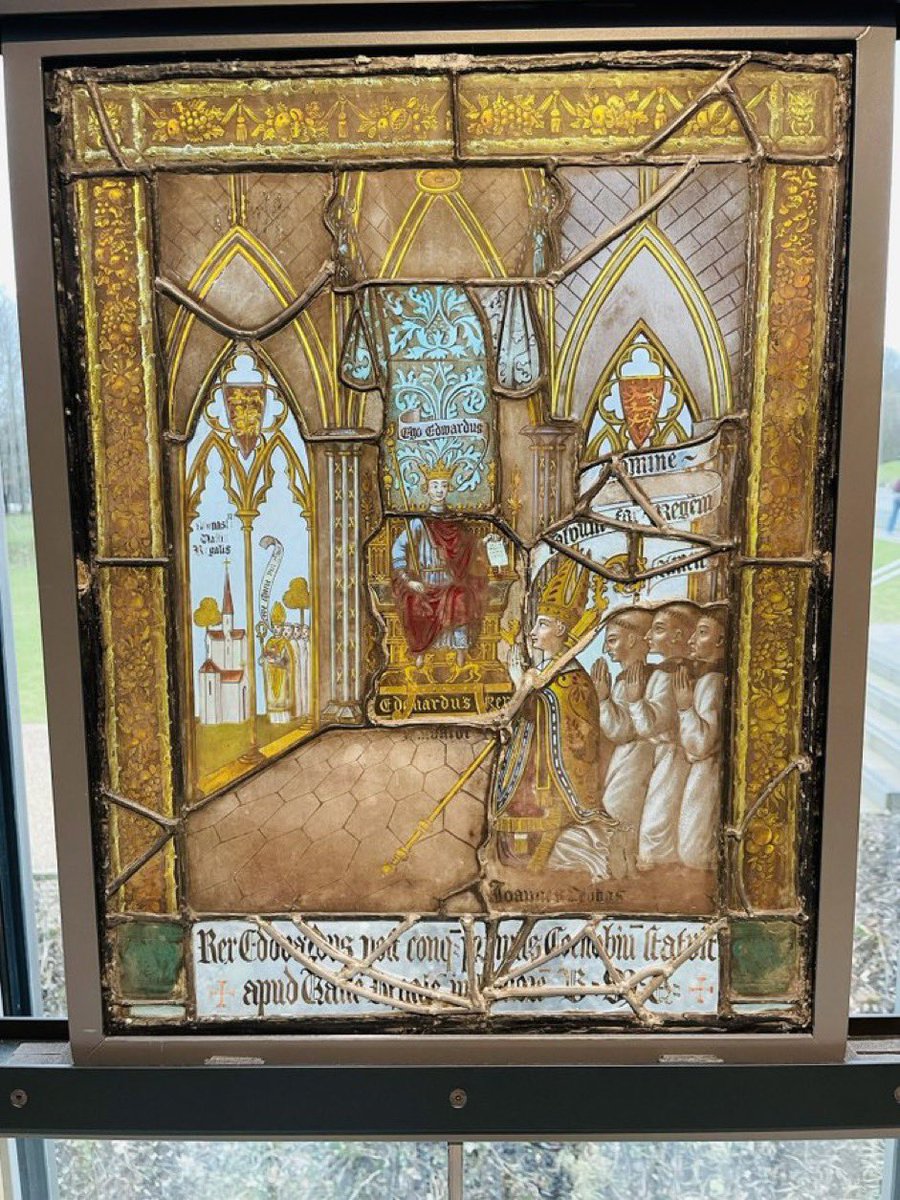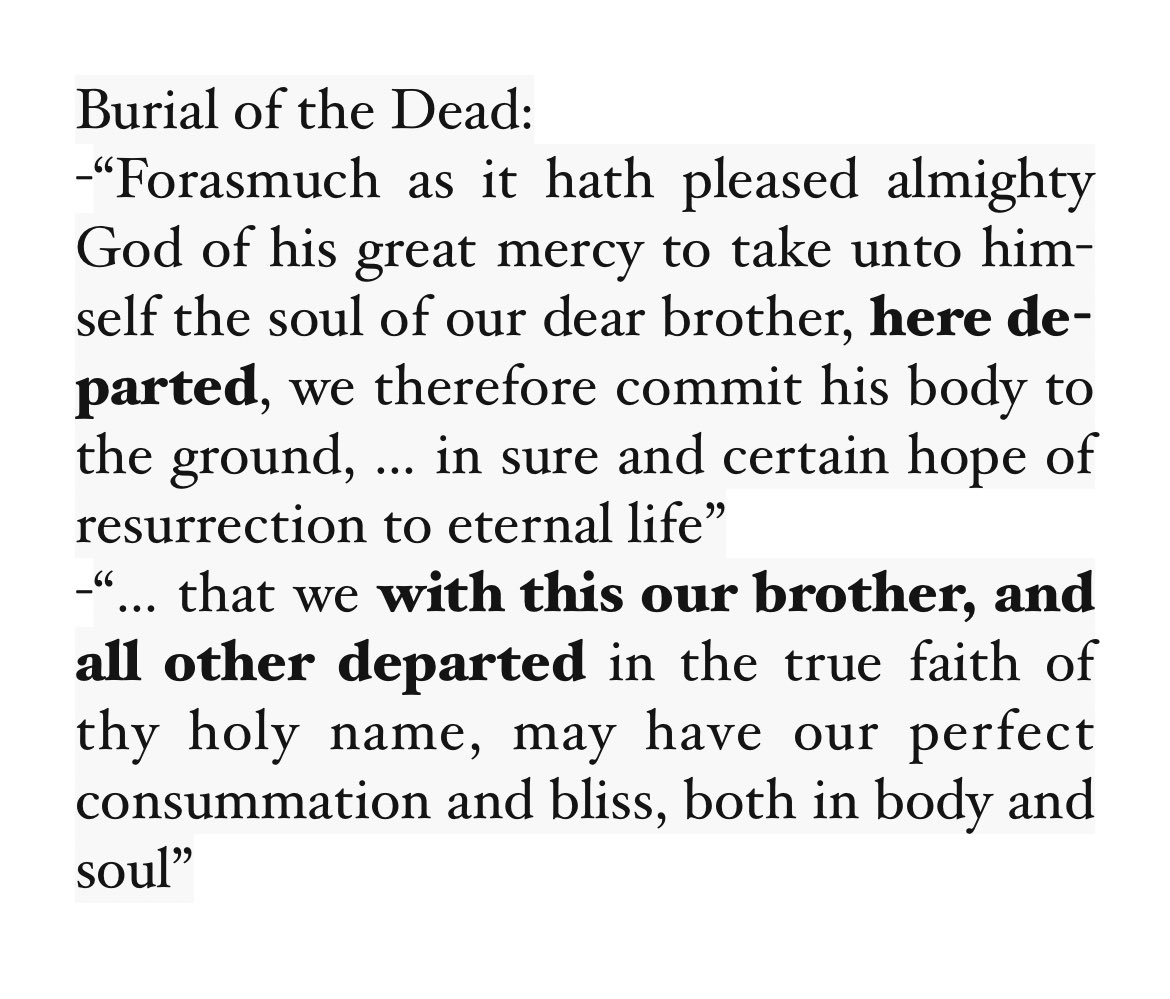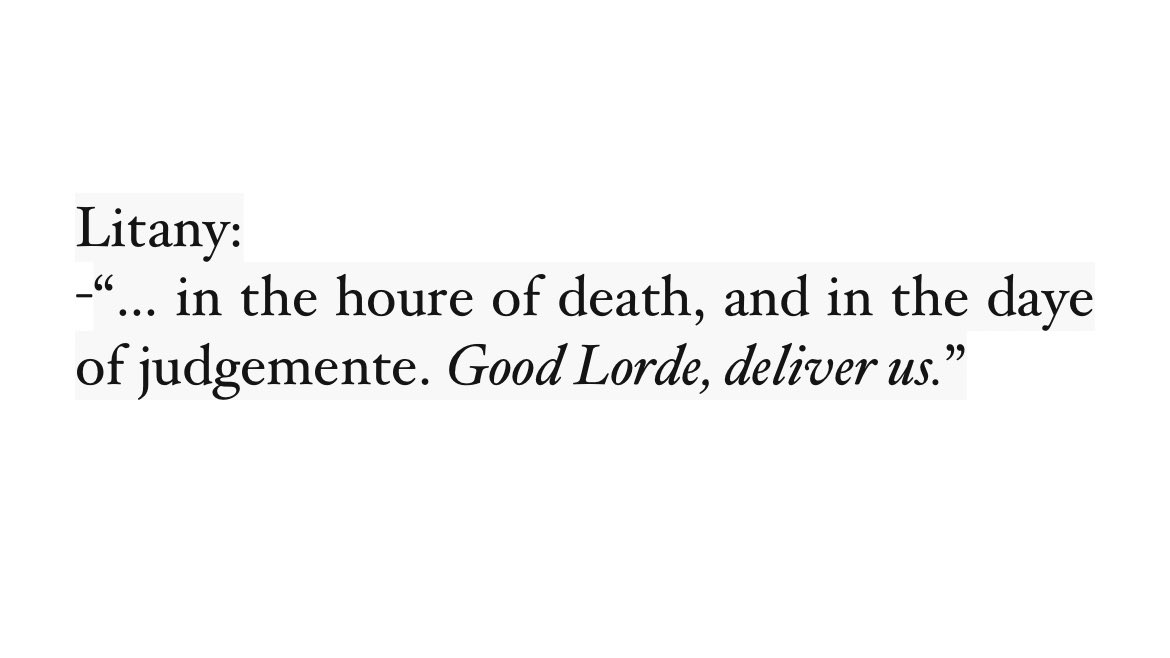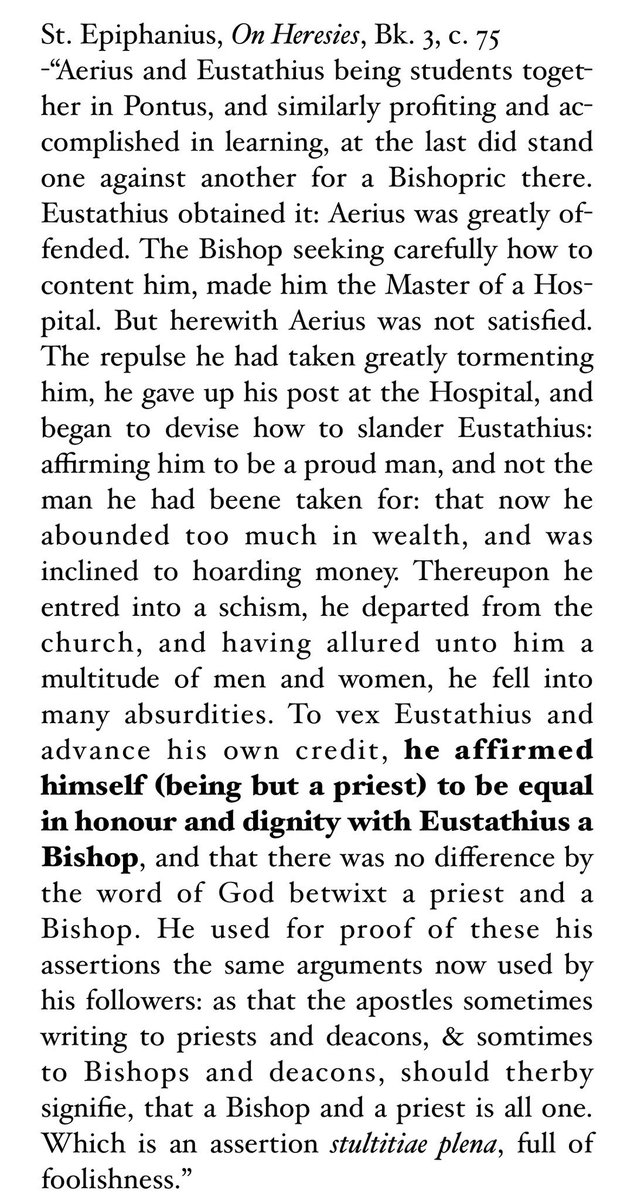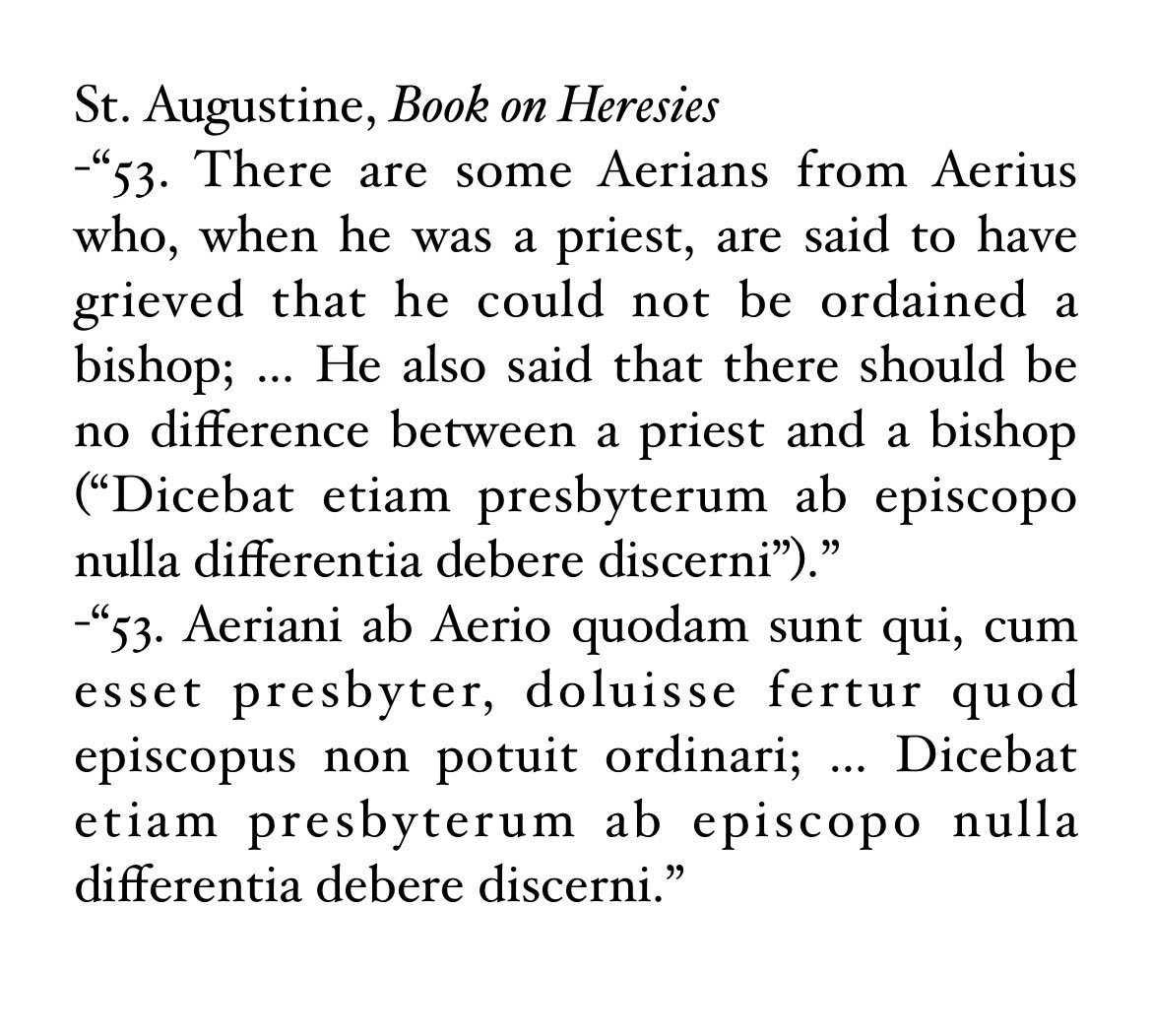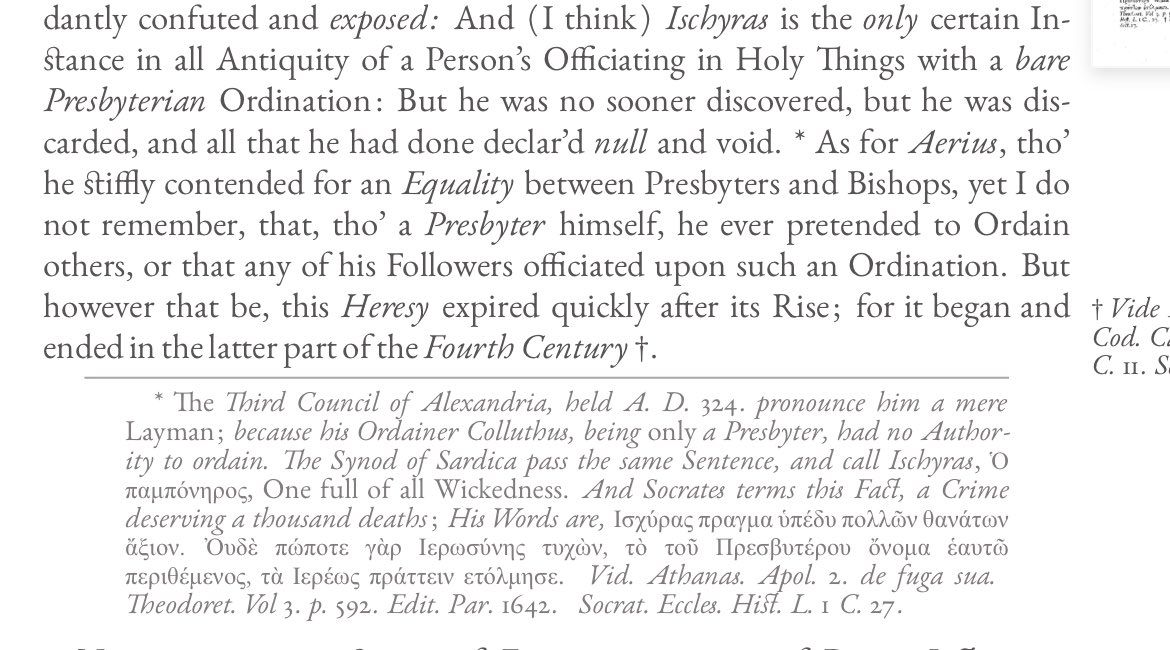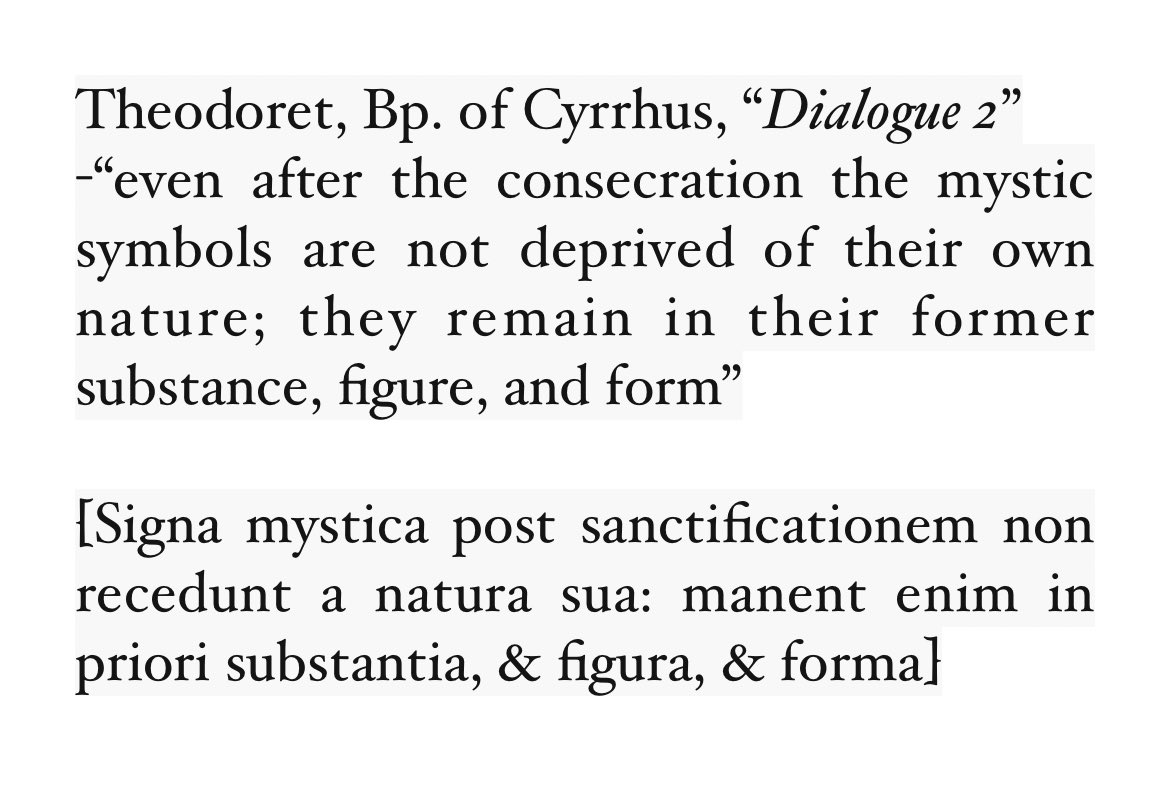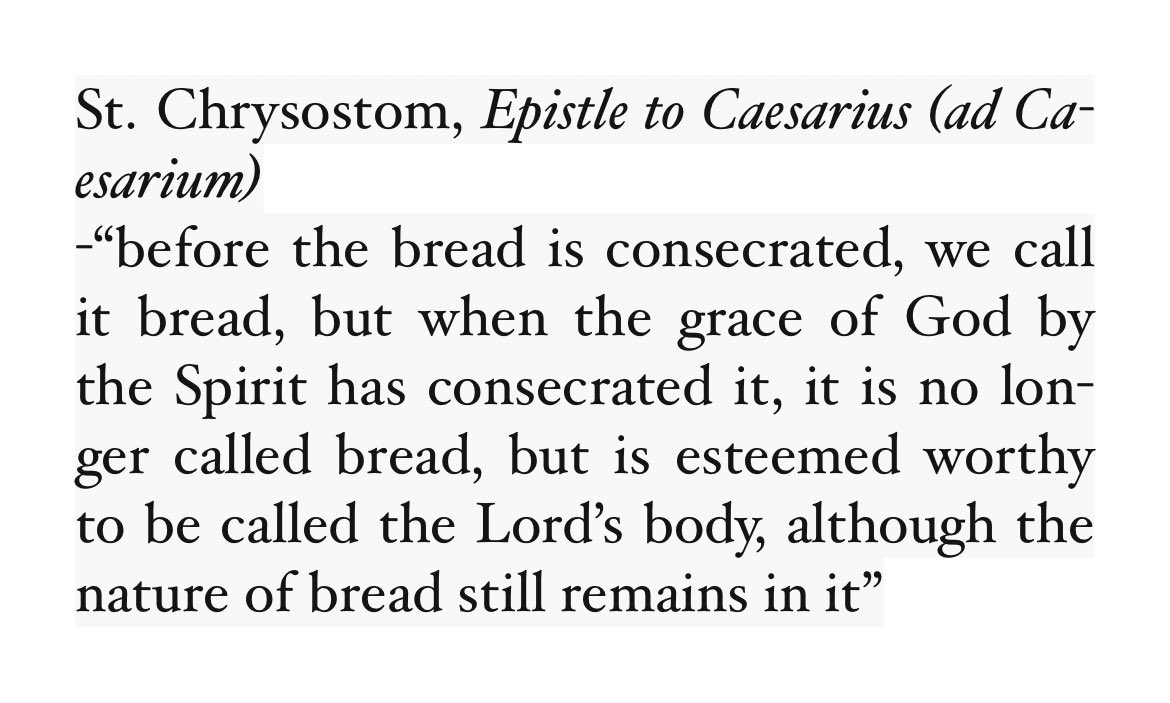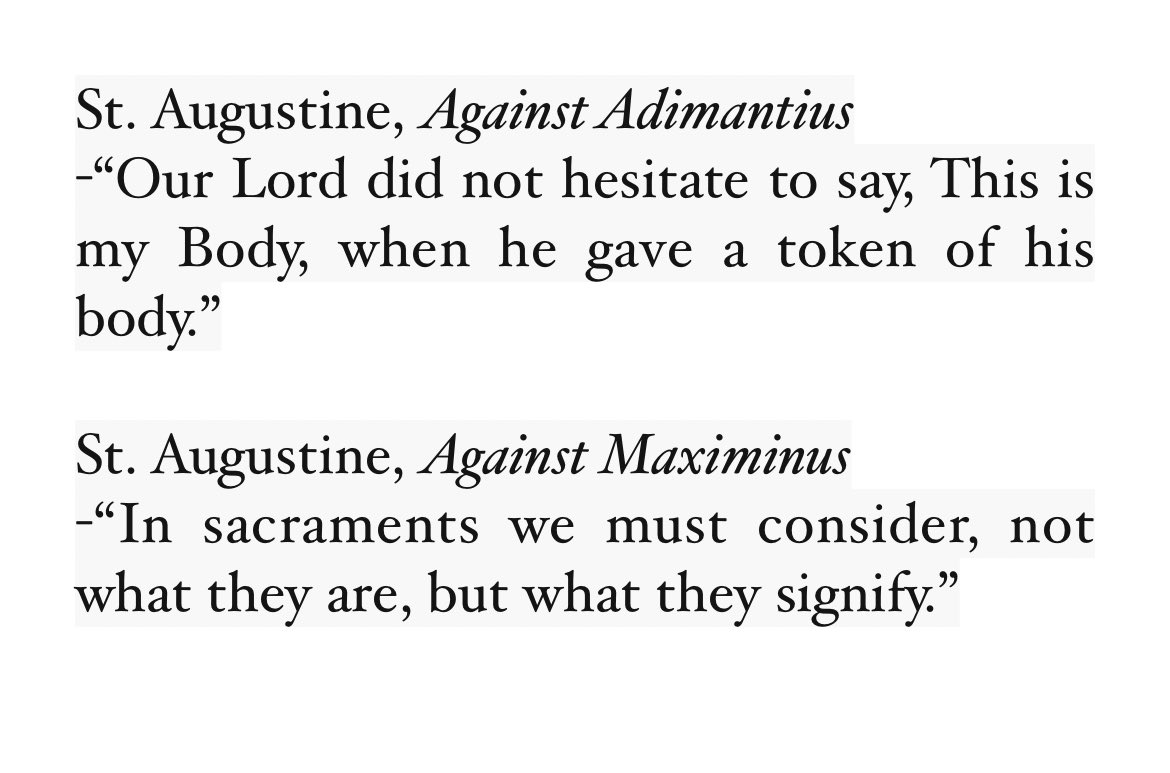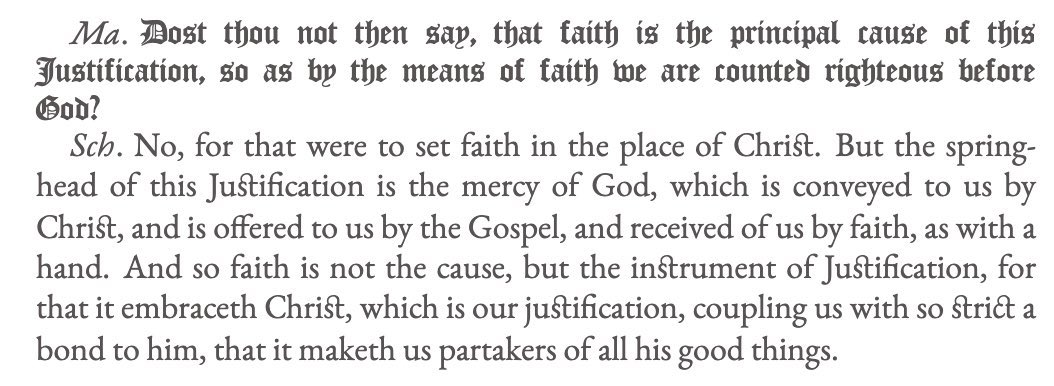🧵Theology of the Anglo-Saxon Church of England.
It’s a less-known fact that the 1066 AD Norman Conquest also led to the Papacy taking over the Church of England. Before that time, under the Anglo-Saxons like King Alfred the Great, the Church of England significantly differed from the doctrines being promoted by the medieval Papacy.
Let’s take a look:
👇
It’s a less-known fact that the 1066 AD Norman Conquest also led to the Papacy taking over the Church of England. Before that time, under the Anglo-Saxons like King Alfred the Great, the Church of England significantly differed from the doctrines being promoted by the medieval Papacy.
Let’s take a look:
👇

1. The Eucharist
The eucharistic doctrine of Aelfric, a 10th c. Abbot of Eynsham, was widely seen as the post-Reformation doctrine of the Church of England.
Archbishop Matthew Parker had this published: “A Testimony of Antiquity; showing the ancient faith in the Church of England touching the sacrament of the body and blood of the Lord” (1567)
books.google.com/books?id=wfliA…
The eucharistic doctrine of Aelfric, a 10th c. Abbot of Eynsham, was widely seen as the post-Reformation doctrine of the Church of England.
Archbishop Matthew Parker had this published: “A Testimony of Antiquity; showing the ancient faith in the Church of England touching the sacrament of the body and blood of the Lord” (1567)
books.google.com/books?id=wfliA…

2. Number of sacraments
A study of Anglo-Saxon theology, Lynne Grundy, “Books and grace: Aelfric's theology” (1991), finds that Aelfric afforded only to Baptism and Eucharist the title of sacraments.
Online (safe-browse only!): dokumen.pub/books-and-grac…

A study of Anglo-Saxon theology, Lynne Grundy, “Books and grace: Aelfric's theology” (1991), finds that Aelfric afforded only to Baptism and Eucharist the title of sacraments.
Online (safe-browse only!): dokumen.pub/books-and-grac…
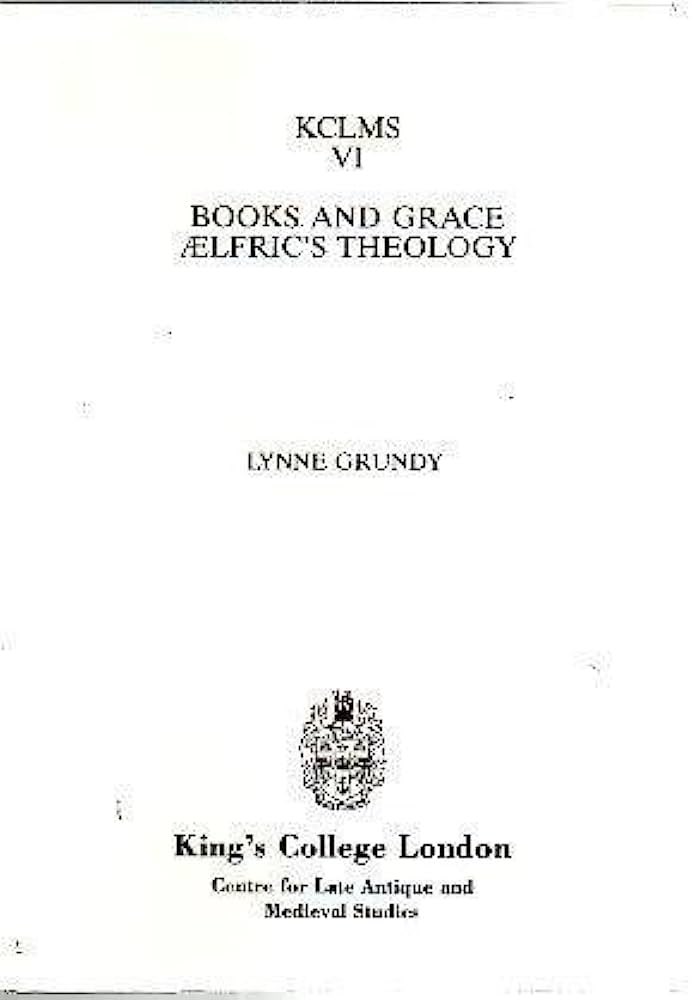
3. Penance
Penance was not seen by Aelfric as a sacrament, in contrast to the newly-fashioned theology on the Continent. Instead, he kept faithful to the understanding of the Church Fathers, of penance as a disciplinary tool to cleanse the faithful.
Under this understanding, Penance was widely used and promoted in the post-Reformation CofE (see thread).

Penance was not seen by Aelfric as a sacrament, in contrast to the newly-fashioned theology on the Continent. Instead, he kept faithful to the understanding of the Church Fathers, of penance as a disciplinary tool to cleanse the faithful.
Under this understanding, Penance was widely used and promoted in the post-Reformation CofE (see thread).
https://twitter.com/anglican_net/status/1509163545648414722?s=46&t=N-PFMMEcttFGlPP3qS-9kA
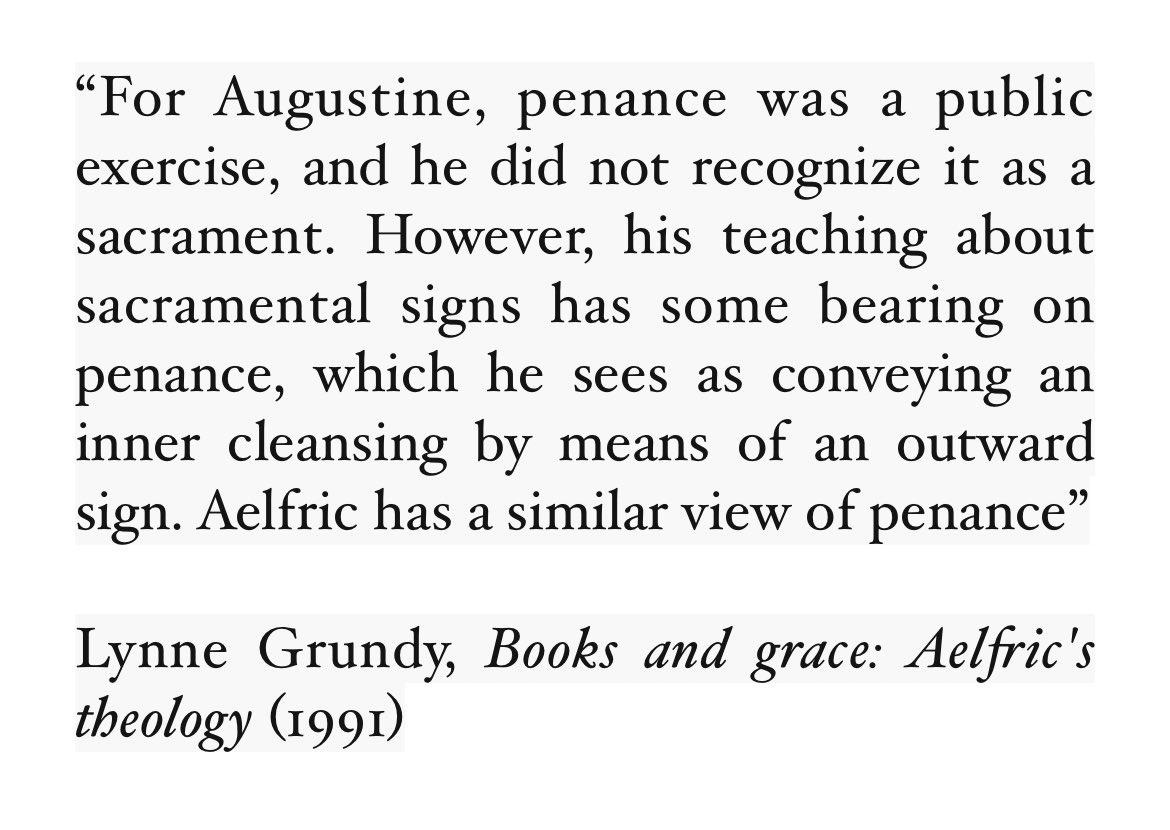
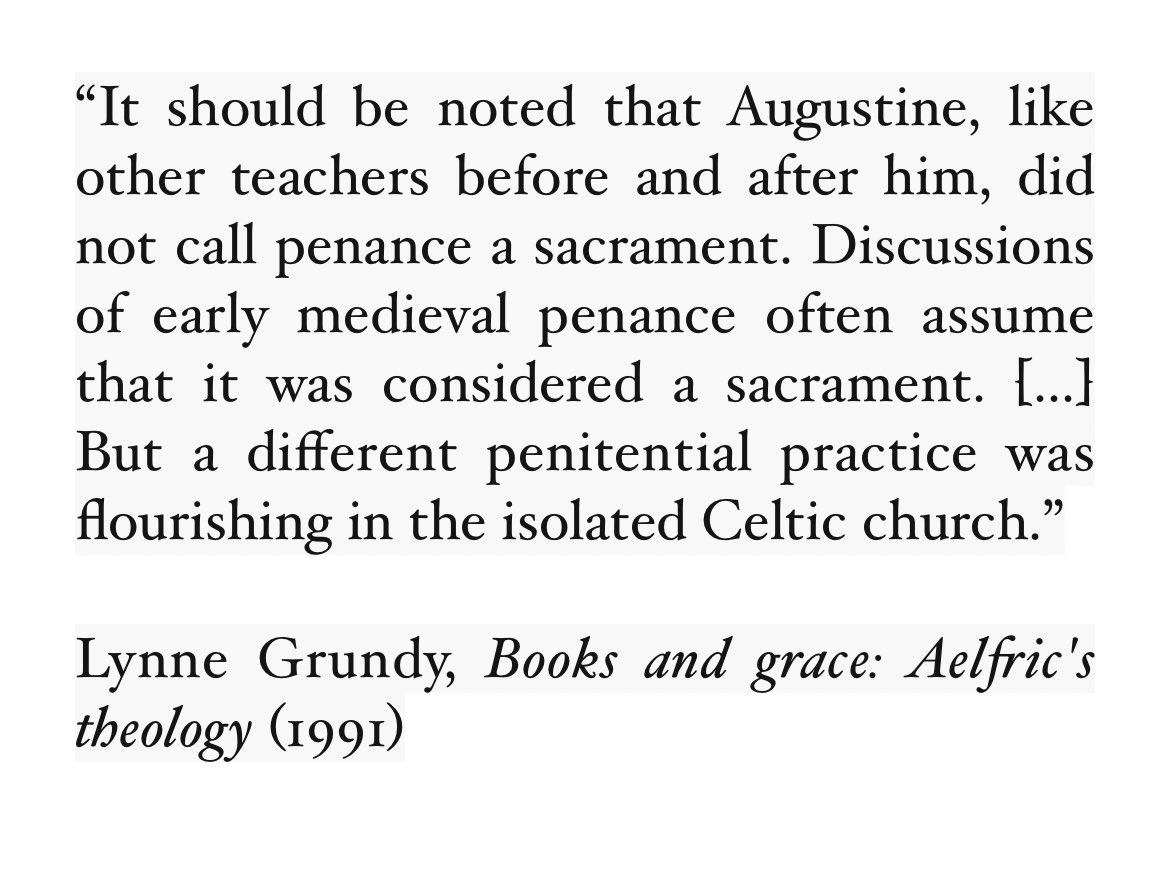
4. Canon of Scripture
The canon of Scripture used in the Church prior to 1066 AD, was the shorter not the longer one favored by the Popes on the Continent. That made it coterminous with the one later re-adopted at the Reformation.
This sensational Anglo-Saxon tract was published in the 1630s: “A Saxon Treatise Concerning the Old and New Testament. Whereby appears what was the Canon of Holy Scripture then received, and that the Church of England had it so long ago in her Mother-tongue” (1633)
archive.org/details/aelfri…
The canon of Scripture used in the Church prior to 1066 AD, was the shorter not the longer one favored by the Popes on the Continent. That made it coterminous with the one later re-adopted at the Reformation.
This sensational Anglo-Saxon tract was published in the 1630s: “A Saxon Treatise Concerning the Old and New Testament. Whereby appears what was the Canon of Holy Scripture then received, and that the Church of England had it so long ago in her Mother-tongue” (1633)
archive.org/details/aelfri…
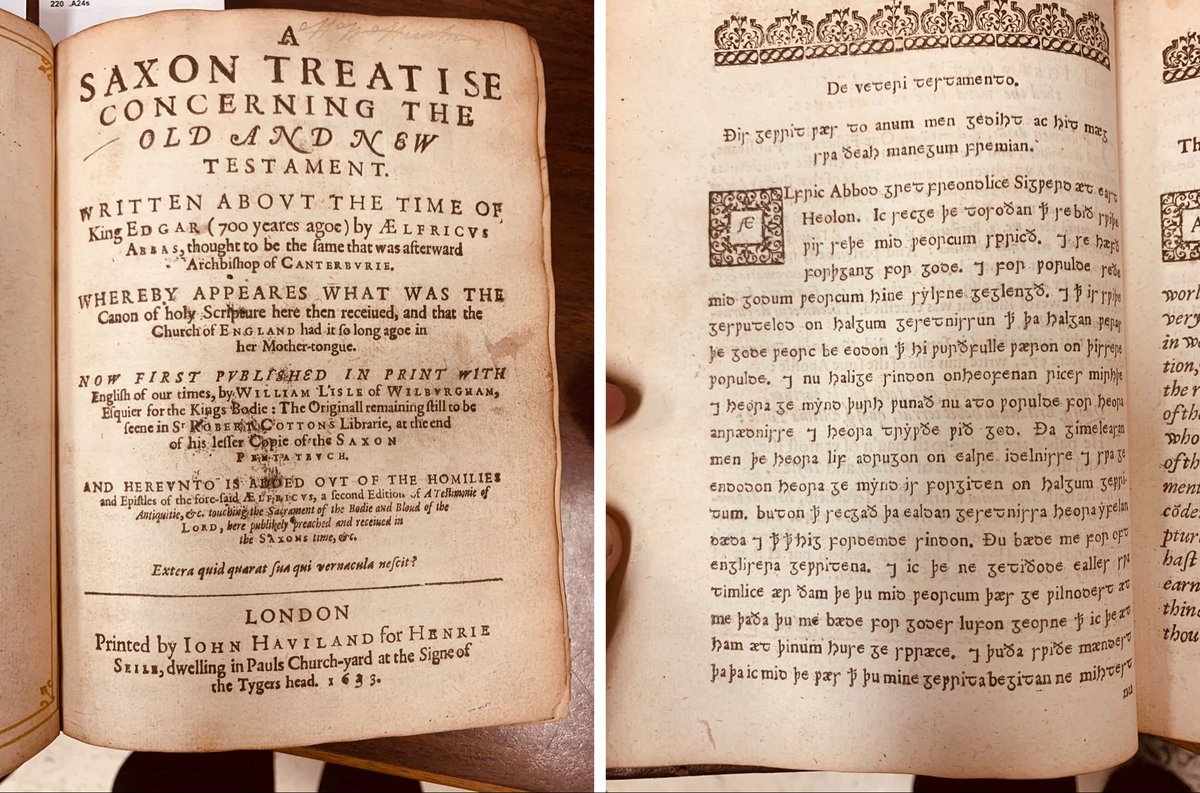
5. Purgatory
With the deuterocanon not being considered divine revelation (see above), the Saxon Church didn’t adopt the newly-fashioned medieval doctrines, such as Purgatory:
With the deuterocanon not being considered divine revelation (see above), the Saxon Church didn’t adopt the newly-fashioned medieval doctrines, such as Purgatory:
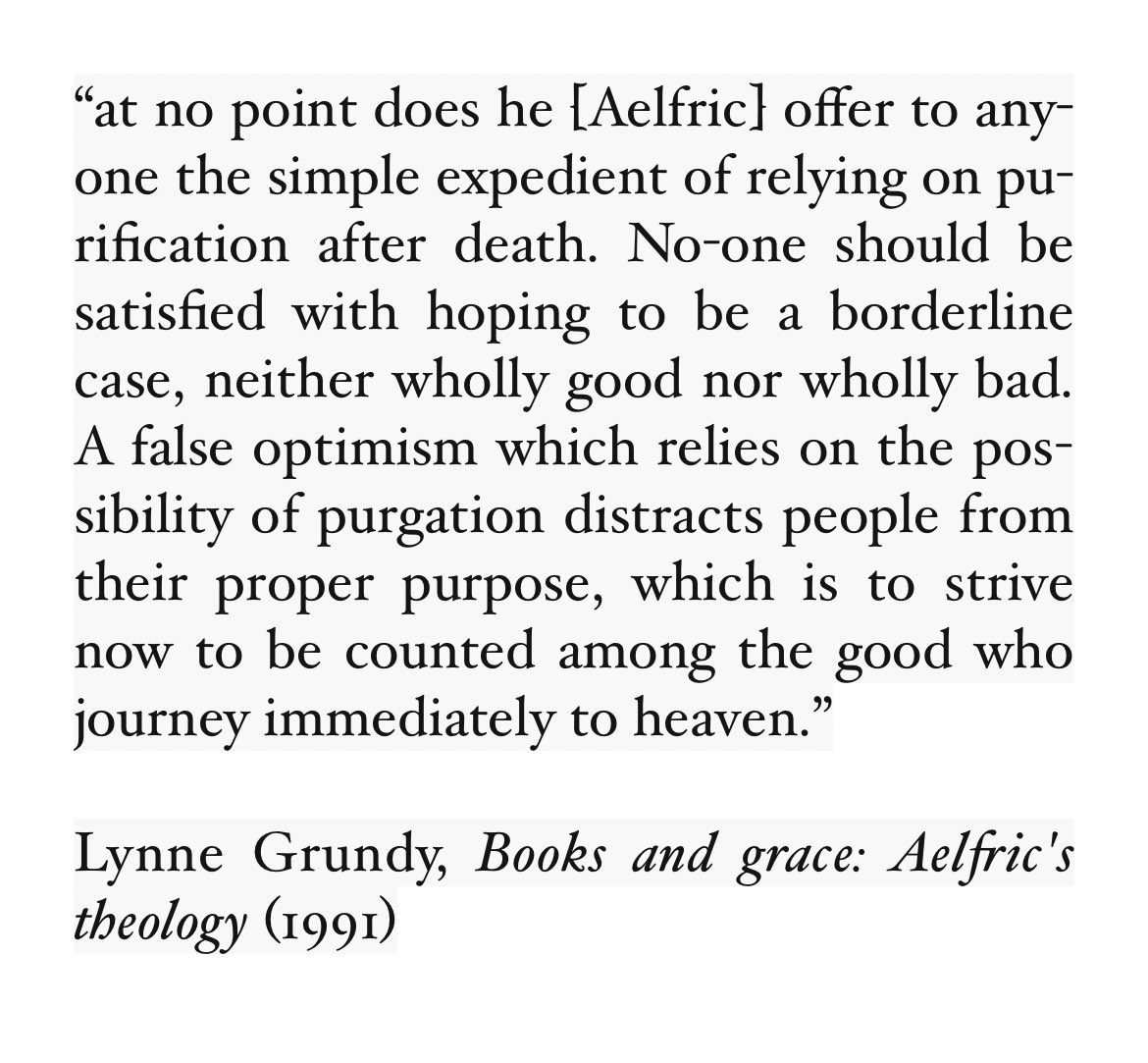
Folks like Venerable Bede, on icons, followed the position of St. Gregory the Great. (Attached for reference.) Icons may be used for education, but not for worship.


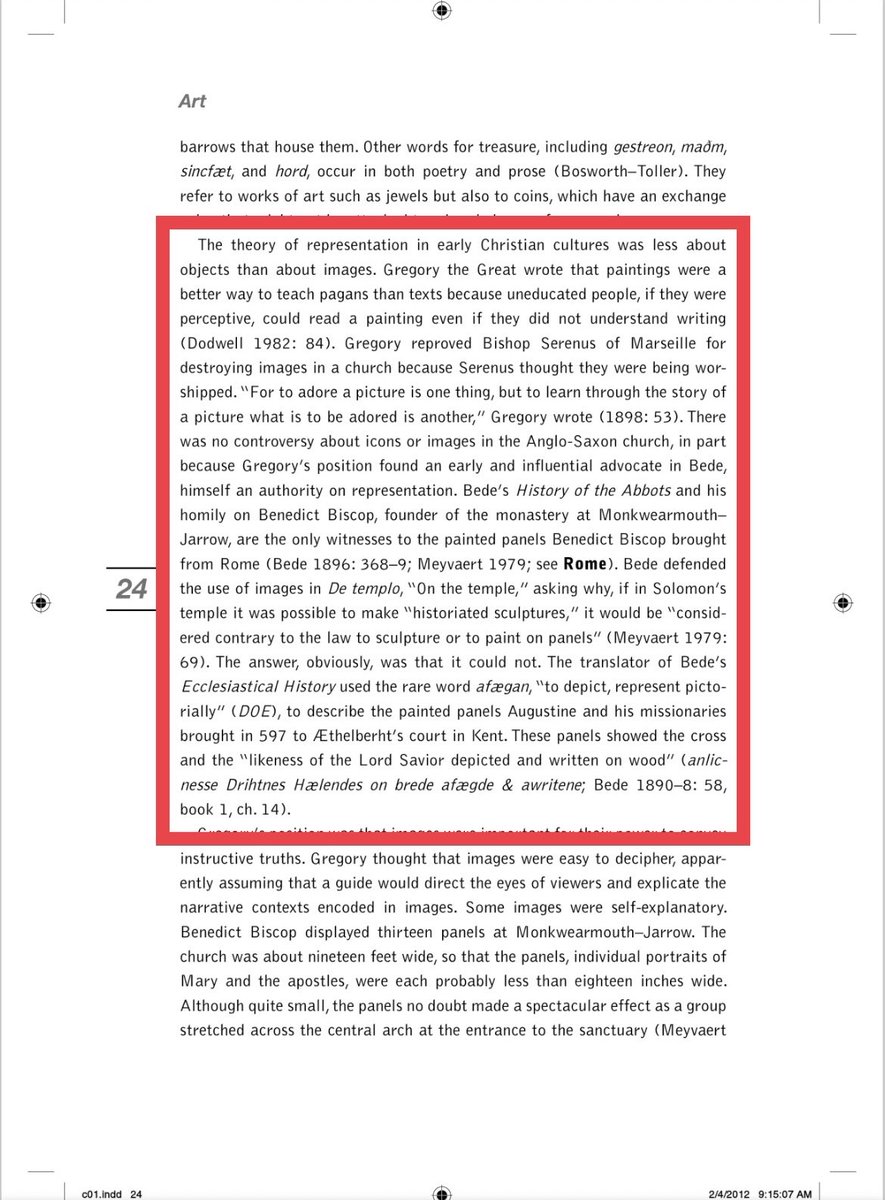
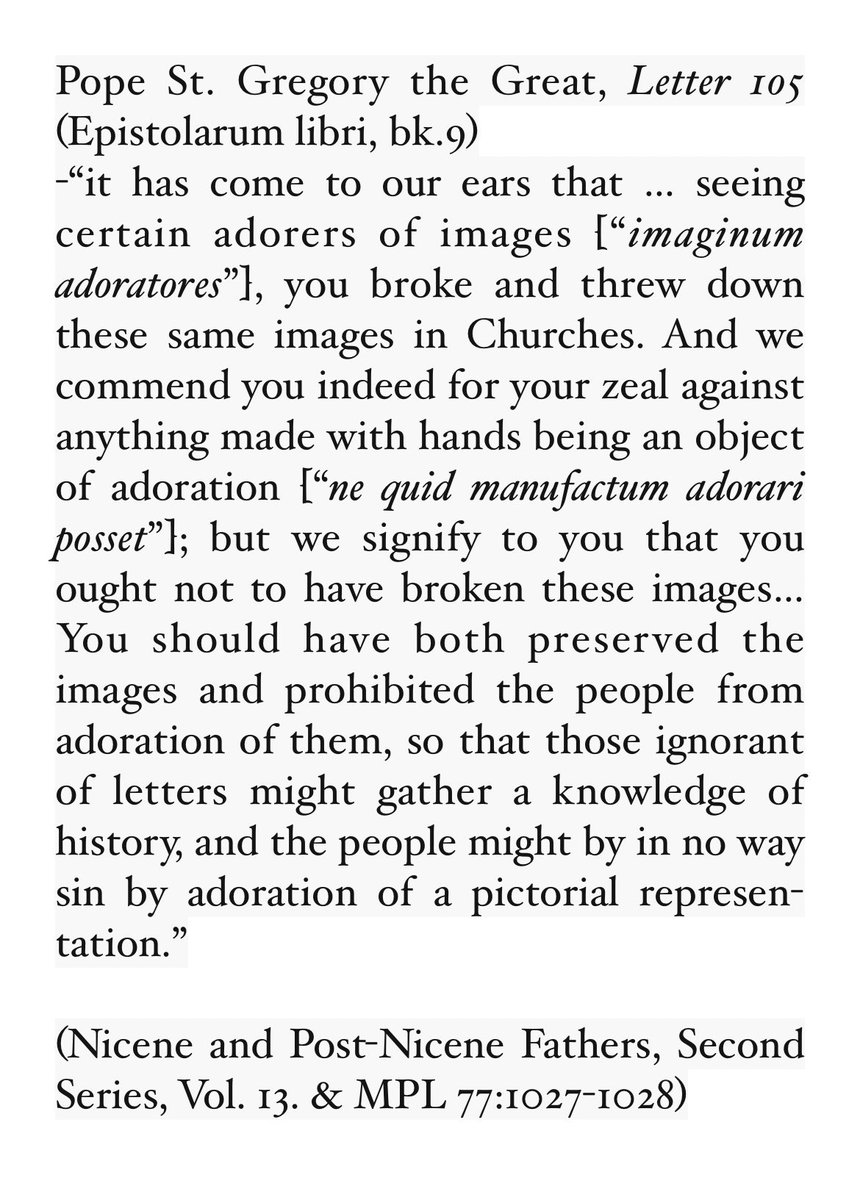
EXTRA, Number of Sacraments
(From Henry Soames, "An Inquiry Into the Doctrines of the Anglo-Saxon Church” (1830), ) books.google.com/books?id=S3o_A…



(From Henry Soames, "An Inquiry Into the Doctrines of the Anglo-Saxon Church” (1830), ) books.google.com/books?id=S3o_A…
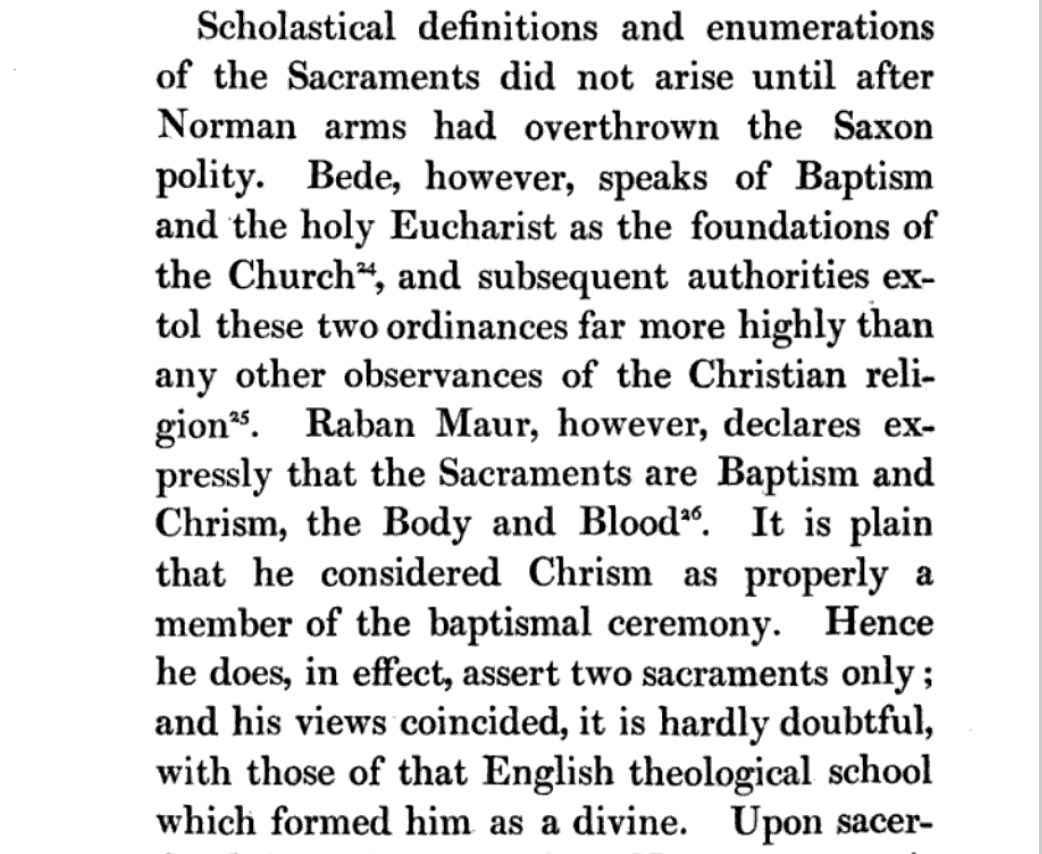
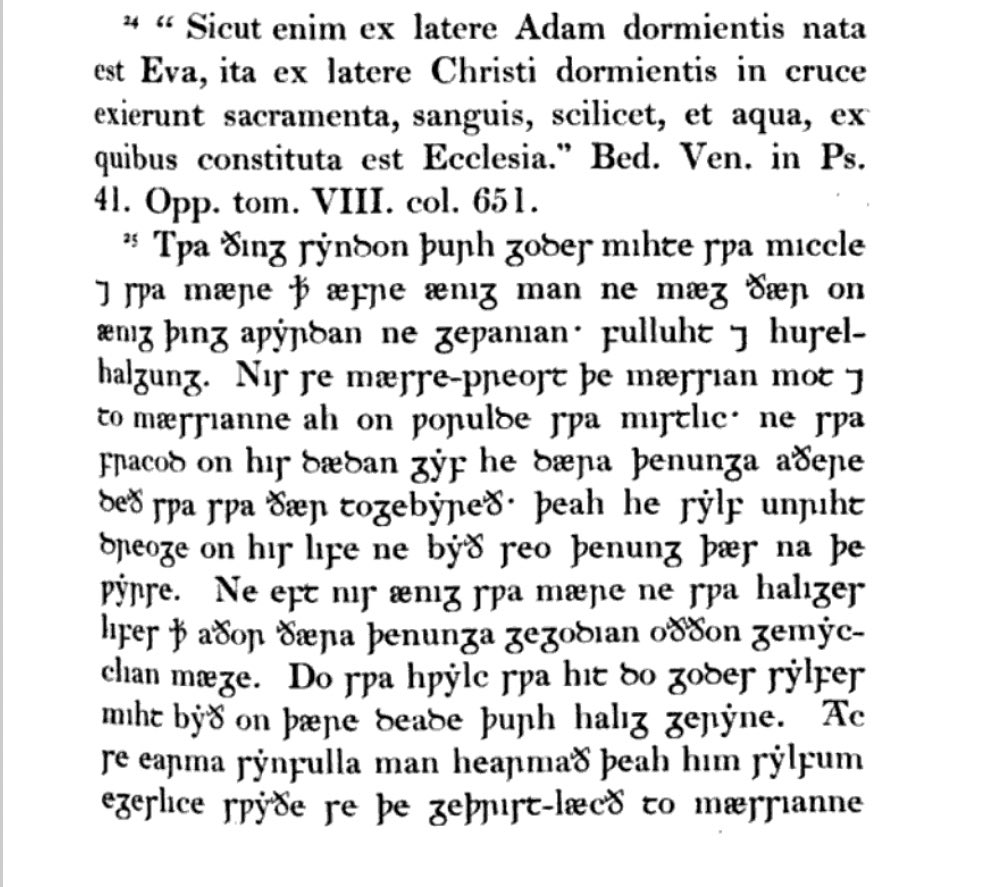
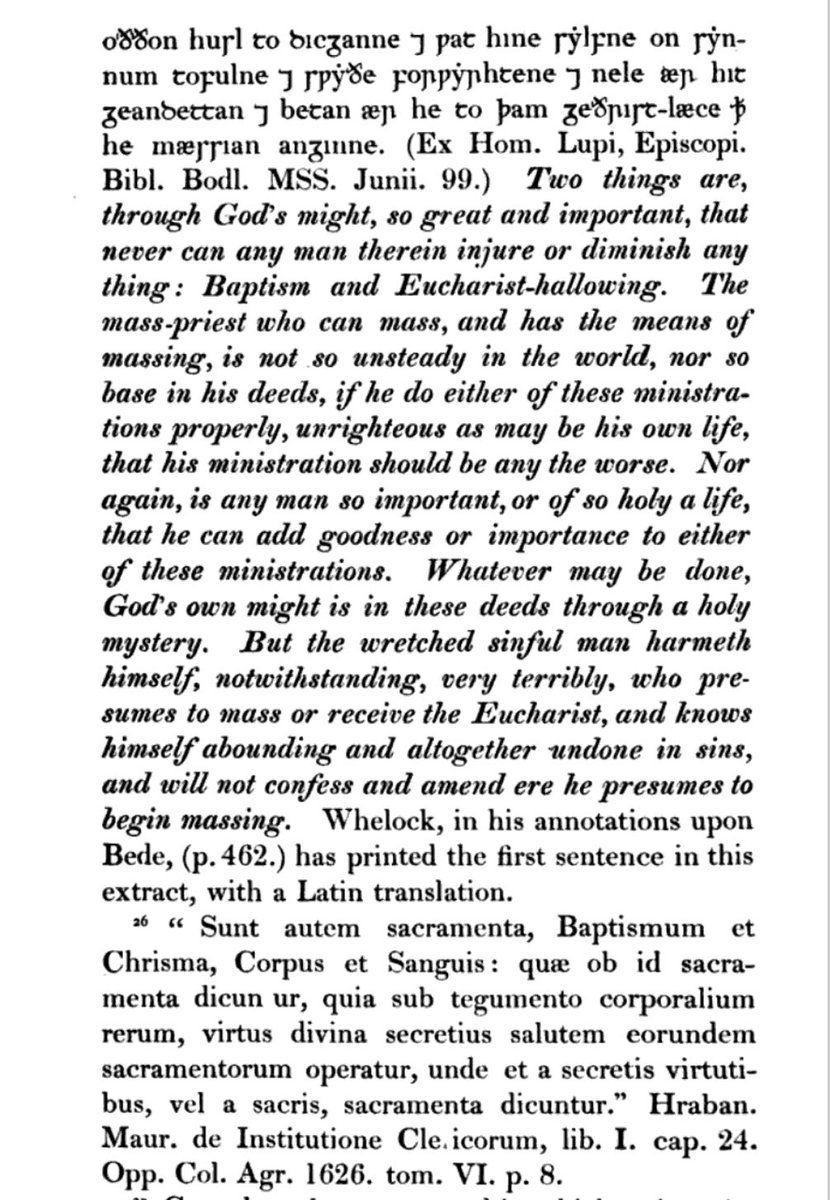
• • •
Missing some Tweet in this thread? You can try to
force a refresh

